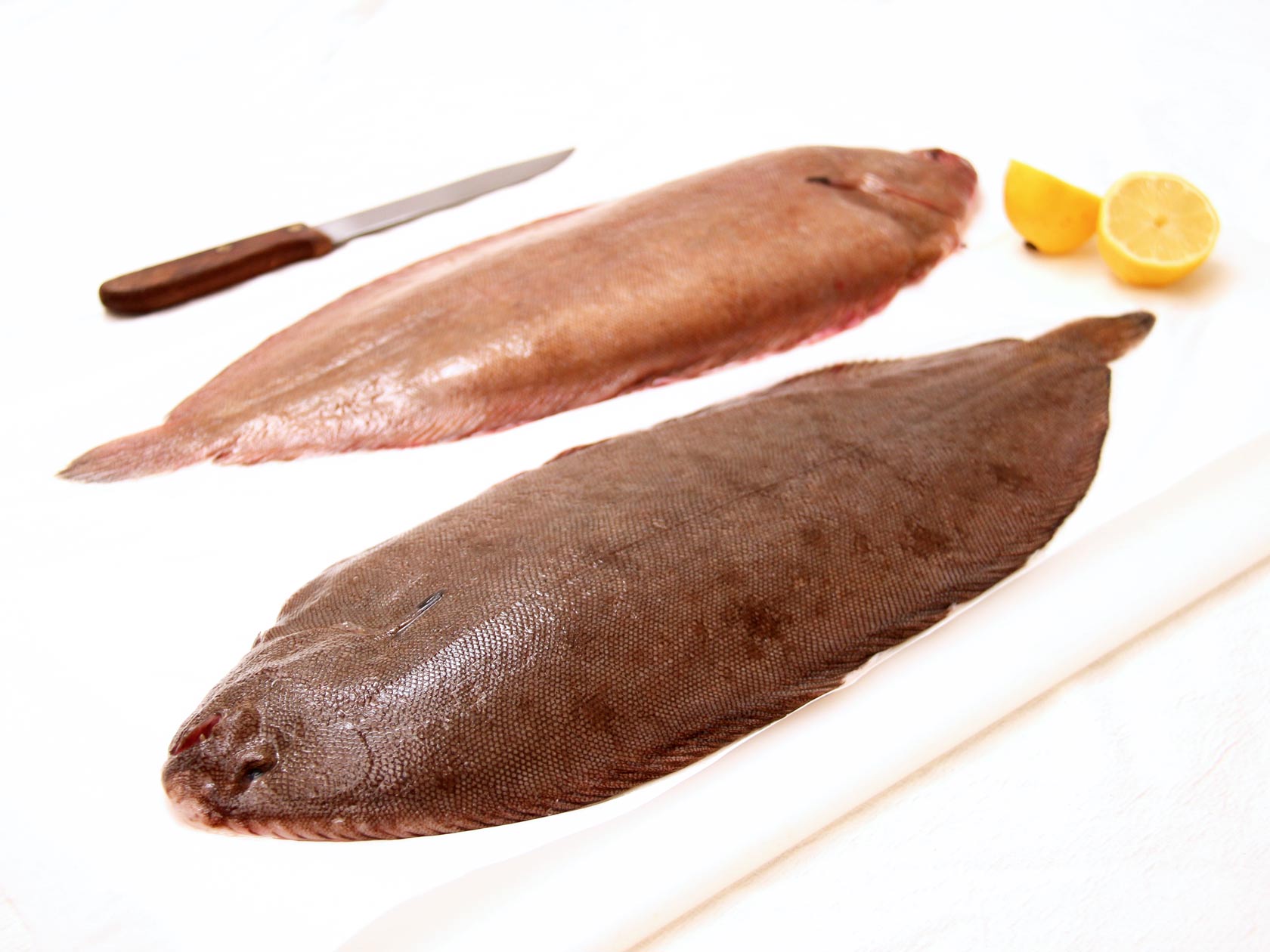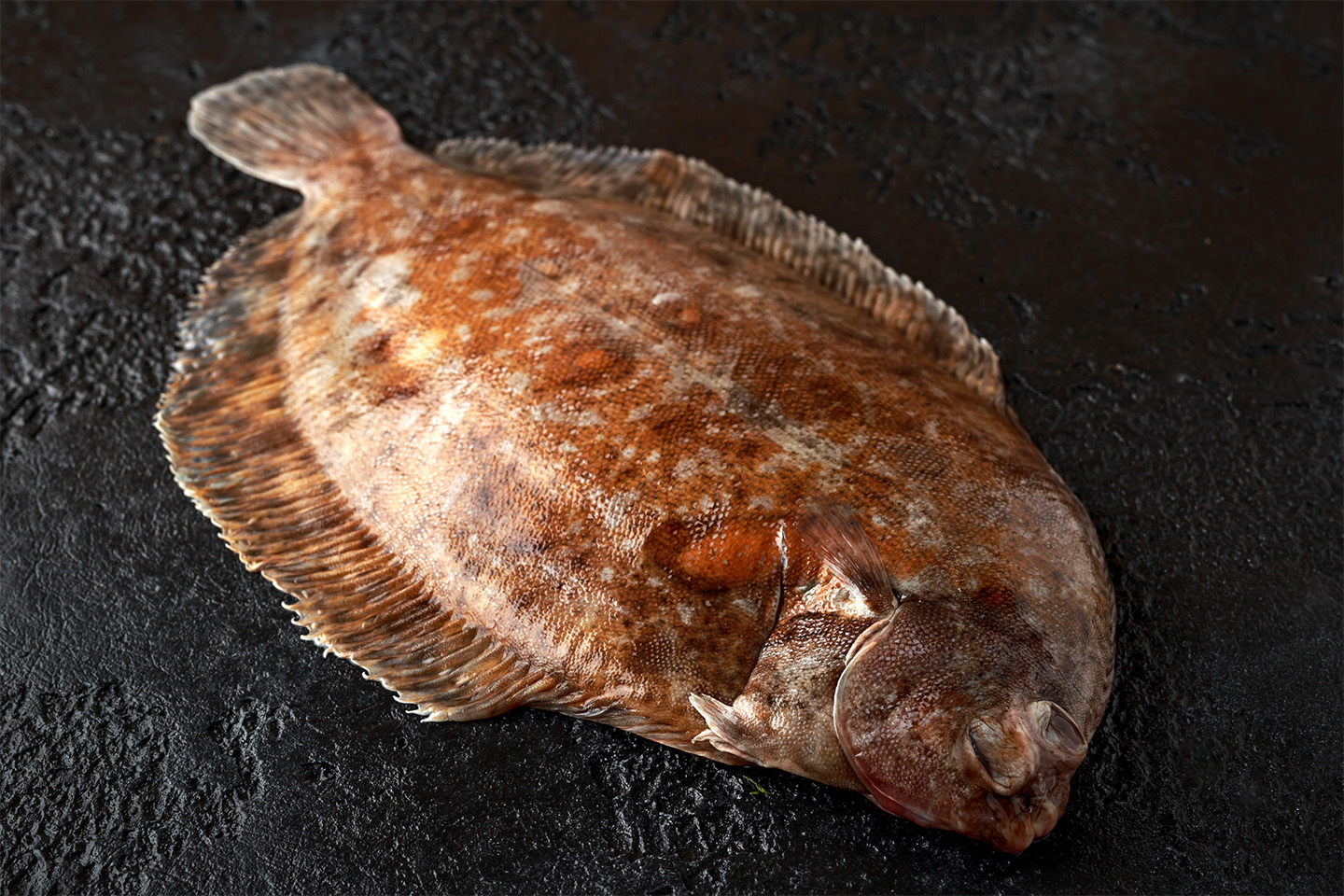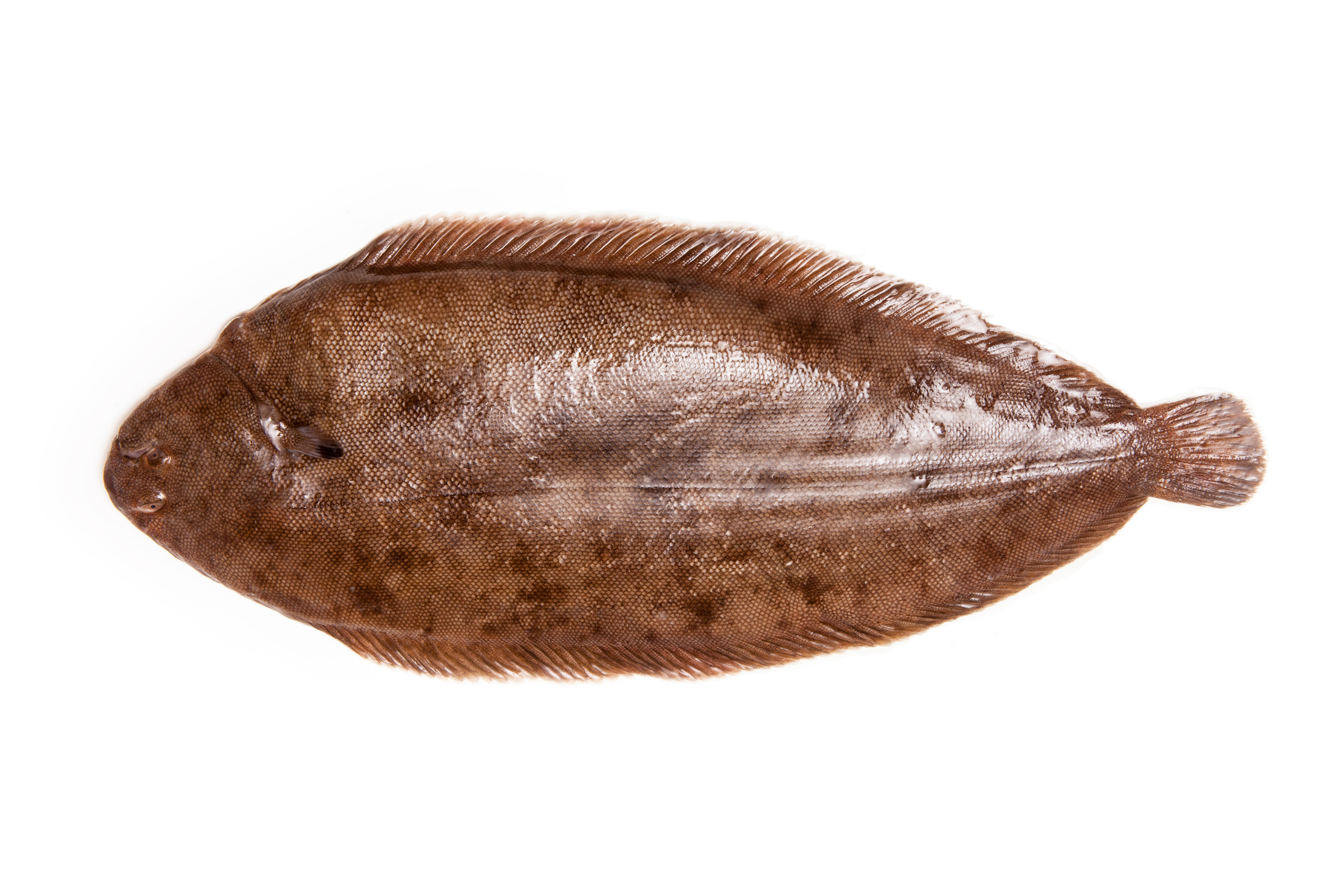Biological Characteristics and Taxonomy

Sole fish, belonging to the order Pleuronectiformes, are a diverse group of flatfish renowned for their unique physical attributes and culinary significance. Their distinctive asymmetry, with both eyes located on one side of the head, sets them apart from other fish species.
The sole fish, a master of disguise on the ocean floor, shares an uncanny resemblance to a basketball floater, that elusive shot that seems to hang in the air before gently descending through the hoop. Like the sole fish’s ability to blend into its surroundings, the basketball floater effortlessly evades defenders, making it a weapon of choice for cunning players on the court.
And just as the sole fish’s survival depends on its camouflage, the basketball floater’s success hinges on its ability to confound and surprise.
Sole fish possess an elongated, oval-shaped body with a dorsal fin extending along the entire length of the body. Their eyes are typically located on the right side of the head, while the left side remains blind. This adaptation allows them to rest on the seafloor with one eye facing upward, providing them with a wide field of vision to detect predators and prey.
The sole fish, a flatfish known for its delicate flavor, swims along the ocean floor. Unlike the floater fish, which uses its swim bladder to stay afloat in the water column ( floater fish ), the sole fish relies on its camouflage and bottom-dwelling habits to avoid predators.
Despite their different swimming styles, both sole fish and floater fish play important roles in the marine ecosystem.
Distribution and Habitat Preferences
Sole fish are widely distributed in both the Atlantic and Pacific Oceans, inhabiting a range of marine environments. They are primarily found in shallow waters, often in sandy or muddy bottoms where they can easily camouflage themselves from predators.
The sole fish, a flatfish known for its delicate flavor, finds a curious counterpart in the perch, a spiny-finned fish that often shares its habitat. While the sole clings to the ocean floor, the perch swims freely, its perch definition as a symbol of its independent spirit.
Yet, both species share a common bond in their adaptability and resilience, thriving in the ever-changing waters of their marine home.
Different species of sole fish exhibit varying habitat preferences. For instance, the common sole (Solea solea) is commonly found in coastal waters, while the Dover sole (Microstomus pacificus) prefers deeper waters off the Pacific coast of North America.
In the serene depths of the ocean, sole fish gracefully glide through the water. Their flat, oval bodies are a testament to their ability to navigate the sandy seabed. But even in the underwater realm, the echoes of land-bound sports reverberate.
Like the swift and agile pike in basketball , the sole fish dart through the waves with remarkable precision. Their movements are a symphony of grace and athleticism, a testament to the interconnectedness of all living creatures, both in the ocean’s depths and on the bustling courts of human competition.
Taxonomic Classification
The taxonomic classification of sole fish is as follows:
| Family | Genus | Species |
|---|---|---|
| Soleidae | Solea | Common sole (Solea solea) |
| Soleidae | Microstomus | Dover sole (Microstomus pacificus) |
| Soleidae | Pleuronectes | European plaice (Pleuronectes platessa) |
Culinary Significance and Nutritional Value

Sole fish has gained culinary significance worldwide due to its delicate flavor and versatile texture. Its popularity extends across various cuisines, with prominent usage in French, Italian, and Asian culinary traditions. The mild flavor of sole complements a wide range of sauces and seasonings, making it a favorite among chefs and seafood enthusiasts alike.
Nutritional Value, Sole fish
Sole fish is a nutrient-rich food source, offering a substantial amount of protein, omega-3 fatty acids, and essential vitamins. A 100-gram serving of sole provides approximately 20 grams of protein, essential for building and repairing body tissues. It is also a good source of omega-3 fatty acids, which are beneficial for heart health and brain function. Additionally, sole fish contains significant amounts of vitamins, including vitamin B12, niacin, and vitamin D.
Cooking Methods
The delicate texture of sole fish makes it suitable for various cooking methods, preserving its flavor and texture. Pan-frying is a popular method that creates a crispy exterior while keeping the interior moist. Sole can also be baked, grilled, or steamed to retain its natural flavors. To enhance its taste, chefs often pair sole with lemon juice, herbs, and butter, allowing the natural flavors to shine through.
Ecological Importance and Conservation: Sole Fish

Sole fish are ecologically important species in marine ecosystems, playing vital roles in the food chain and impacting other species. They are a valuable food source for various predators, including larger fish, seabirds, and marine mammals. As bottom-feeders, sole fish contribute to maintaining the balance of the marine ecosystem by consuming invertebrates and scavenging dead organic matter from the seabed.
Threats to Sole Fish Populations
Sole fish populations face several threats, including overfishing, habitat loss, and pollution. Overfishing is a significant concern, as sole fish are often targeted by commercial and recreational fisheries due to their high demand as a food source. Habitat loss occurs when coastal development, dredging, and other human activities destroy or degrade the seabed where sole fish live and feed. Pollution, such as oil spills and chemical runoff, can also harm sole fish populations by contaminating their food sources and habitats.
Conservation Measures
To protect and preserve sole fish populations, various conservation measures can be implemented. These include regulating fishing practices to prevent overfishing, establishing marine protected areas to provide safe havens for sole fish, and reducing pollution to minimize its impact on their habitats. Additionally, research and monitoring programs are essential for understanding sole fish population dynamics and developing effective conservation strategies.
The sole fish, a flatfish with a delicate flavor, is often overlooked in favor of its more popular counterparts. But for those who appreciate its subtle taste and versatility, the sole is a true culinary treasure. Like the pike in basketball, a player who excels in the art of stealing the ball, the sole fish has a unique ability to surprise and delight.
Its understated elegance and hidden depths make it a fish that deserves to be savored and celebrated.